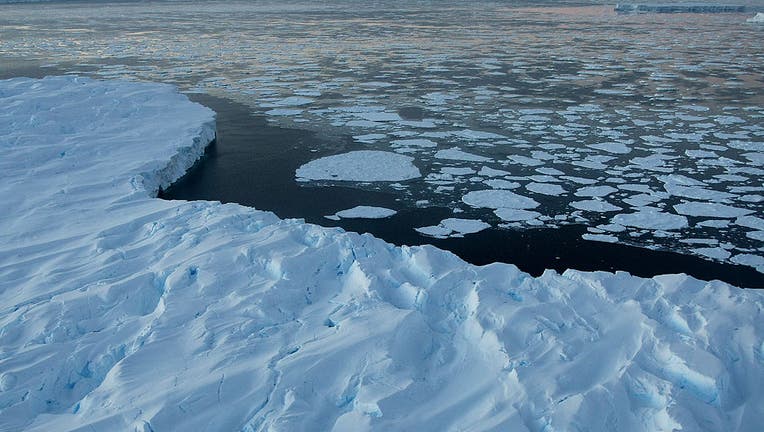
FILE – Giant tabular icebergs are surrounded by ice floe drift in Vincennes Bay on January 11, 2008 in the Australian Antarctic Territory. (Photo by Torsten Blackwood – Pool/Getty Images)
A surprising shift is underway at the bottom of the world. After decades of contributing to rising sea levels, Antarctica’s massive ice sheet has started growing again — at least for now.
A study published this week in Science China Earth Sciences finds that the Antarctic Ice Sheet (AIS) experienced a record-breaking mass gain between 2021 and 2023, largely due to anomalous increases in precipitation. The rebound is especially significant in East Antarctica, where four major glacier basins had previously shown signs of destabilization.
Satellite data shows ice sheet mass increase
Big picture view:
Researchers from Tongji University and other institutions analyzed satellite gravimetry data from the GRACE and GRACE-FO missions, which measure variations in Earth’s gravity to detect changes in ice mass.
They found that between 2011 and 2020, the AIS was losing ice at a rate of 142 gigatons per year. But between 2021 and 2023, the trend reversed, with the ice sheet gaining approximately 108 gigatons per year — a historic turnaround.
That growth was enough to temporarily offset global sea level rise by about 0.3 millimeters per year during the same period.
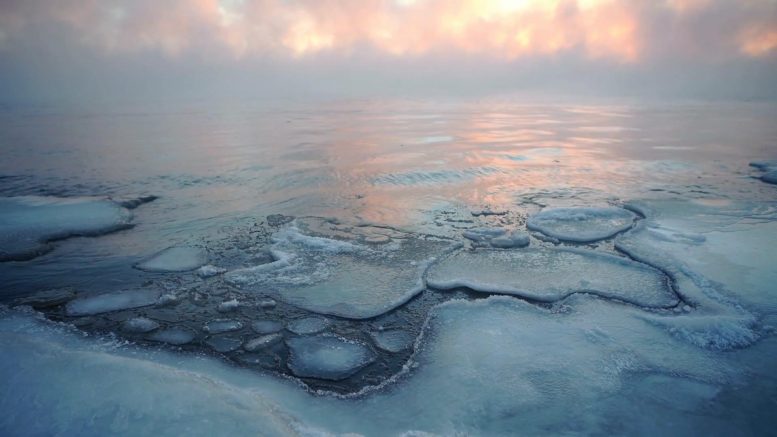
Key glacier basins showed the most dramatic shift
The most notable gains were in East Antarctica’s Wilkes Land and Queen Mary Land region, including the Totten, Denman, Moscow University, and Vincennes Bay glacier basins. These glaciers had been losing mass at an accelerating rate from 2011 to 2020 — driven by surface melting and faster ice discharge into the ocean — but now appear to have partially recovered.
Scientists warn, however, that this shift doesn’t mean the climate crisis is over. The gains were linked to unusual precipitation patterns, which may be temporary.
What’s next:
The Antarctic Ice Sheet holds more than half of the world’s fresh water. For decades, it’s been one of the largest contributors to sea level rise, alongside Greenland’s melting ice and thermal expansion of warming oceans.
This new period of growth is both a surprise and a reminder of how dynamic and sensitive polar regions are to climate shifts. If similar conditions persist, they could reshape near-term sea level predictions. But most scientists stress the rebound is likely temporary unless supported by larger climatic trends.

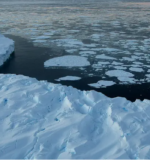
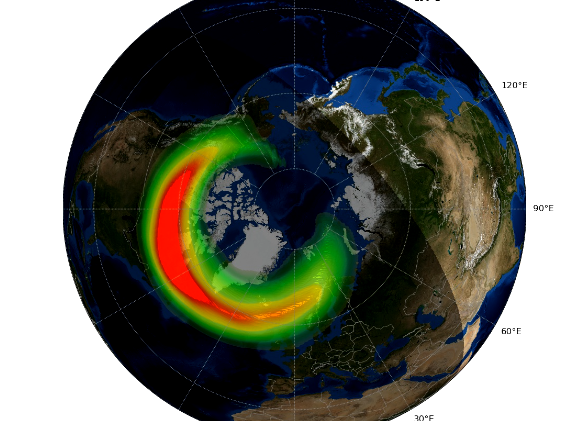

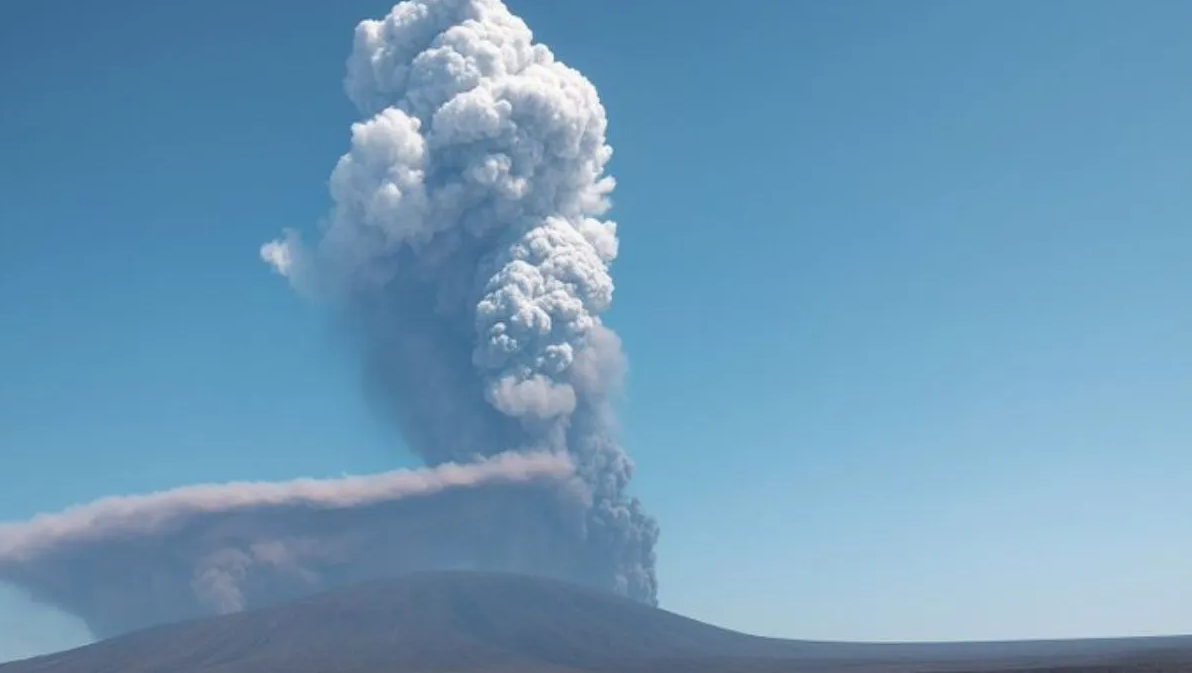



 Photographer Finds Locations Of 1960s Postcards To See How They Look Today, And The Difference Is Unbelievable
Photographer Finds Locations Of 1960s Postcards To See How They Look Today, And The Difference Is Unbelievable  Hij zet 3 IKEA kastjes tegen elkaar aan en maakt dit voor zijn vrouw…Wat een gaaf resultaat!!
Hij zet 3 IKEA kastjes tegen elkaar aan en maakt dit voor zijn vrouw…Wat een gaaf resultaat!! 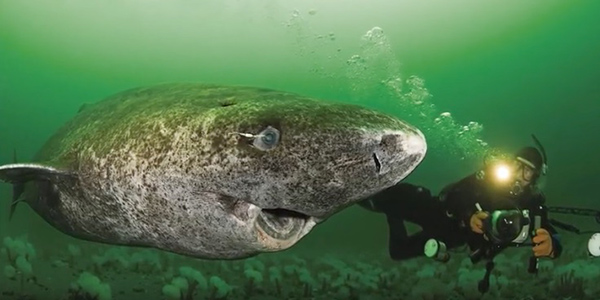 Scientists Discover 512-Year-Old Shark, Which Would Be The Oldest Living Vertebrate On The Planet
Scientists Discover 512-Year-Old Shark, Which Would Be The Oldest Living Vertebrate On The Planet  Hus til salg er kun 22 kvadratmeter – men vent til du ser det indvendigt
Hus til salg er kun 22 kvadratmeter – men vent til du ser det indvendigt  Superknepet – så blir snuskiga ugnsformen som ny igen!
Superknepet – så blir snuskiga ugnsformen som ny igen! 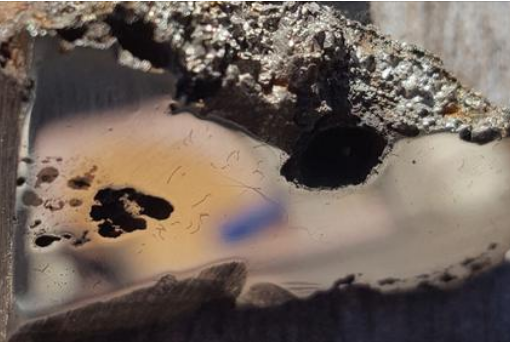 Meteorite That Recently Fell in Somalia Turns Out to Contain Two Minerals Never Before Seen on Earth
Meteorite That Recently Fell in Somalia Turns Out to Contain Two Minerals Never Before Seen on Earth  Nearly Frozen Waves Captured On Camera By Nantucket Photographer
Nearly Frozen Waves Captured On Camera By Nantucket Photographer 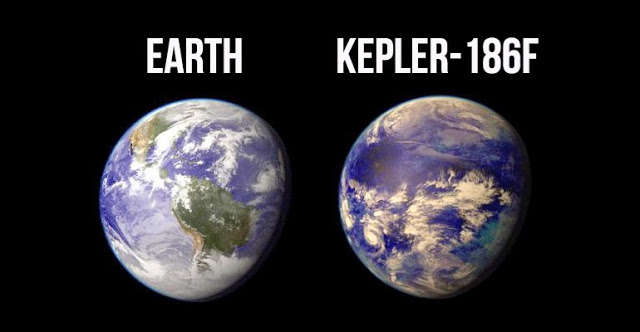 It’s Official: Astronomers Have Discovered another Earth
It’s Official: Astronomers Have Discovered another Earth 